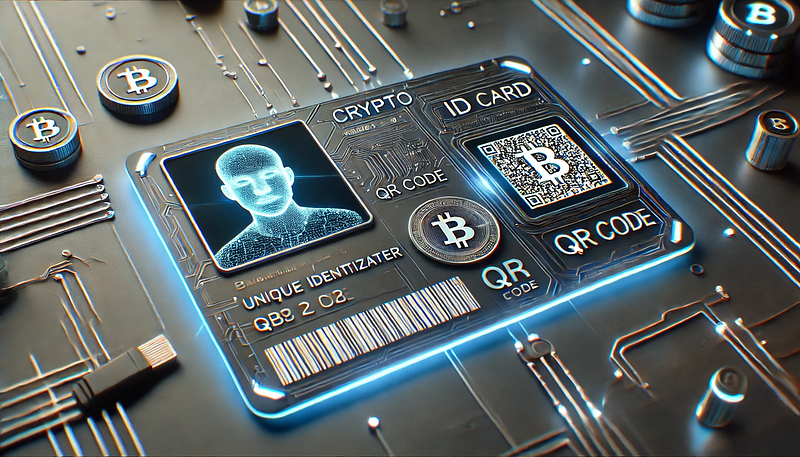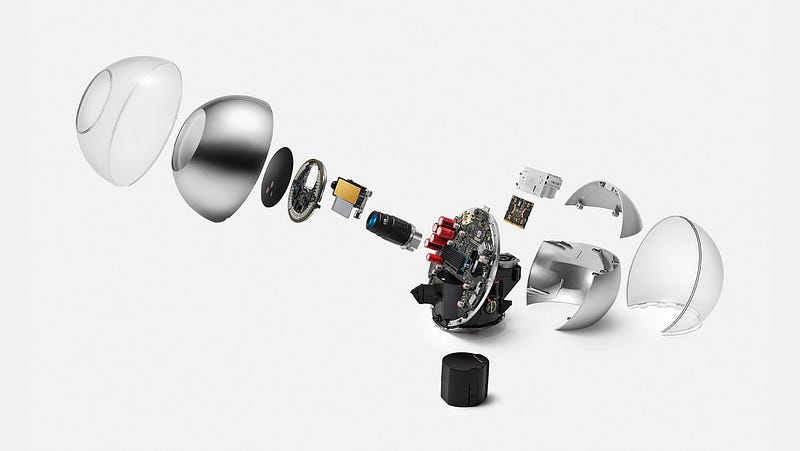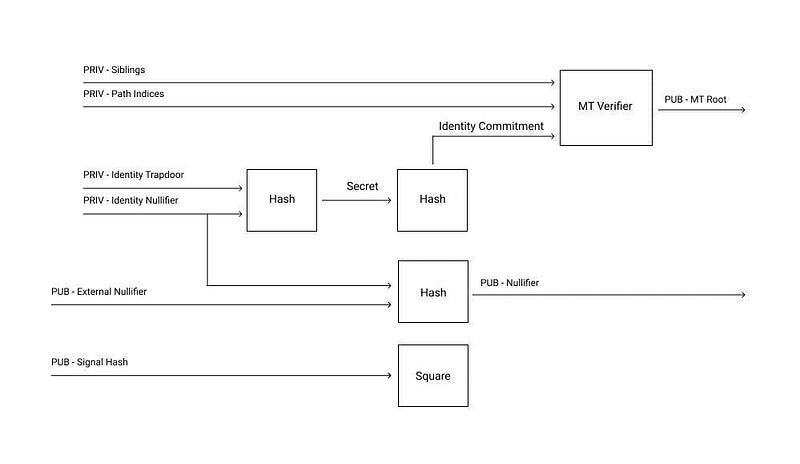What are Sam Altman’s WorldCoin and WorldID?
What are Sam Altman’s WorldCoin and WorldID?
Proof of Unique Humanness on Blockchain

The digital world of today is fundamentally anonymous, and this is how it should be. People have a fundamental need to preserve their privacy. However, there are many use cases where it is important to know that it is indeed a human being and that the used identifier is unique (proof of unique humanness). Let’s look at a few typical cases:
Defense against AI bots
Many might wonder why a blockchain project is interesting to Sam Altman, the CEO of OpenAI. With the advancement of AI, it’s becoming increasingly difficult to distinguish bots from humans. There is a genuine concern that, with the help of advanced LLMs, targeted fake information spread on social networks could influence political elections or even the stock prices of companies (as envisioned by the computer in West World). This is the primary reason why OpenAI does not release the source code of ChatGPT (at least that’s what they claim). A defense against this is to somehow be able to distinguish bots from humans.
Unconditional Basic Income
Another typical AI-related use case is Universal Basic Income (UBI). Increasingly, serious consideration is being given to what might happen if, thanks to AGI and humanoid robots, nearly all human-performed work could be replaced by machines. The traditional work-based society would become inoperable, necessitating an alternative approach. Many believe that UBI, where everyone receives income on an unconditional basis instead of through employment, could be the solution. A version of this that operates beyond the control of governments could be a blockchain-based solution, functioning similarly to Bitcoin, but with the generated coins being distributed fairly among people. This wouldn’t require massive computational power and significant amounts of energy; proving that we are real humans would be sufficient. The WorldCoin whitepaper specifically mentions the possibility of such a system, with a portion of Worldcoin’s WLD tokens being distributed in this manner. However, a separate system dedicated solely to UBI, potentially with its own blockchain is also conceivable. Similar to Proof of Stake, each block would be authenticated by a node chosen at random, but here the stake is our own identity.
Karma money
I published a concept called Karma Money, which operates similarly to the current fiat money system. Currently, banks create fiat money, which generates significant profits for them through interest. In 2008, we saw how poor decisions by banks could devastate the global economy, which also spurred the creation of Bitcoin. In the Karma Money system, individuals and companies lend to each other directly, bypassing banks (P2P lending). Transactions and members’ debts are public, so everyone has a reputation. Based on this information, we can decide whether to lend to someone (accept their money) or not. In such a reputation-based monetary system, it’s crucial that we can link individual participants’ wallets to their identities. Without this, if someone were heavily indebted, they could simply switch wallets and start trading anew with a clean slate, never repaying their debts. However, if the wallet is linked to a unique ID, then participants cannot hide their debts. This system could even complement the previously mentioned Universal Basic Income system, where we could spend not only from the income received as UBI but also from credit.
WorldID: Proof of Unique Humanness
WorldCoin’s solution to the problem is WorldID. This is a unique identifier, similar to government-issued ID cards, but it is issued by the WorldCoin Foundation, not the government. To understand how WorldID works, let’s first get acquainted with the special hardware developed by the foundation, the Orb, which enables the unique identification of individuals.
The ORB
To solve the problem, the Worldcoin team developed one of the world’s best iris scanners, the Orb.

Just like fingerprints, the iris is unique for every individual, making it perfect for proving the uniqueness of a member within a community. Similar to other biometric identification systems, the Orb generates a feature vector based on the iris. This feature vector is characteristic of the individual but does not allow for the recreation of the iris image, ensuring its security (akin to a hash). When we want to identify someone, we regenerate this feature vector. If it closely resembles the original vector within a certain margin (typically cosine distance), the identification is deemed successful. But how does the system remain anonymous?
Anonymous Proof of Personhood
World ID is a protocol to bring privacy-preserving global proof of personhood. To achieve this, it utilizes the Semaphore library, which is based on zero-knowledge-proof technology. Since I have a full article on Semaphore, I will only briefly describe the system’s operation here.

The user generates an Identity Commitment, which Semaphore stores in a Merkle tree. Each Identity Commitment is unique and can have multiple Nullifiers associated with it. To generate a Nullifier, a unique public External Nullifier is required. For each External Nullifier, only one Nullifier can be generated. Thanks to zero-knowledge proof technology (on which I also have a full article), it can be proven that a generated Nullifier corresponds to an Identity Commitment without revealing the Identity Commitment itself.
Semaphore is a zero-knowledge protocol enabling anonymous group membership proof and signaling that we can use for many…javascript.plainenglish.io
Dive into the world of smart contracts with Zero-knowledge proofbetterprogramming.pub
Let’s see how this works in practice using the example of an anonymous voting system. The goal is to ensure that every person with a World ID can only vote once.
When a World ID is created in the World App, a unique Secret, and the corresponding Identity Commitment are generated. When someone is identified with the Orb, this Identity Commitment is recorded on the blockchain along with the iris hash, ensuring that a person can only register a single Identity Commitment. Essentially, the Identity Commitment acts like a public key, while the Secret is the corresponding private key used to authenticate Nullifiers. When voting begins, an External Nullifier is generated, serving as the unique identifier for the vote. Each time a vote is cast, the voter generates a Nullifier associated with this External Nullifier and submits their vote. Since only one Nullifier can be generated for each External Nullifier, an individual can only cast one vote. The Nullifier cannot be linked to the Identity Commitment in any way. If another vote is organized, it will have a different External Nullifier, for which the voter will generate a new, unique Nullifier that is completely independent of the one generated for the previous vote. Of course, this solution can be used in any case that requires unique anonymous registration.
To summarize the above, I believe that WorldCoin is a very exciting project, and if it fully achieves its set goal, namely to become 100% open-source and decentralized, it could become as significant as Bitcoin.